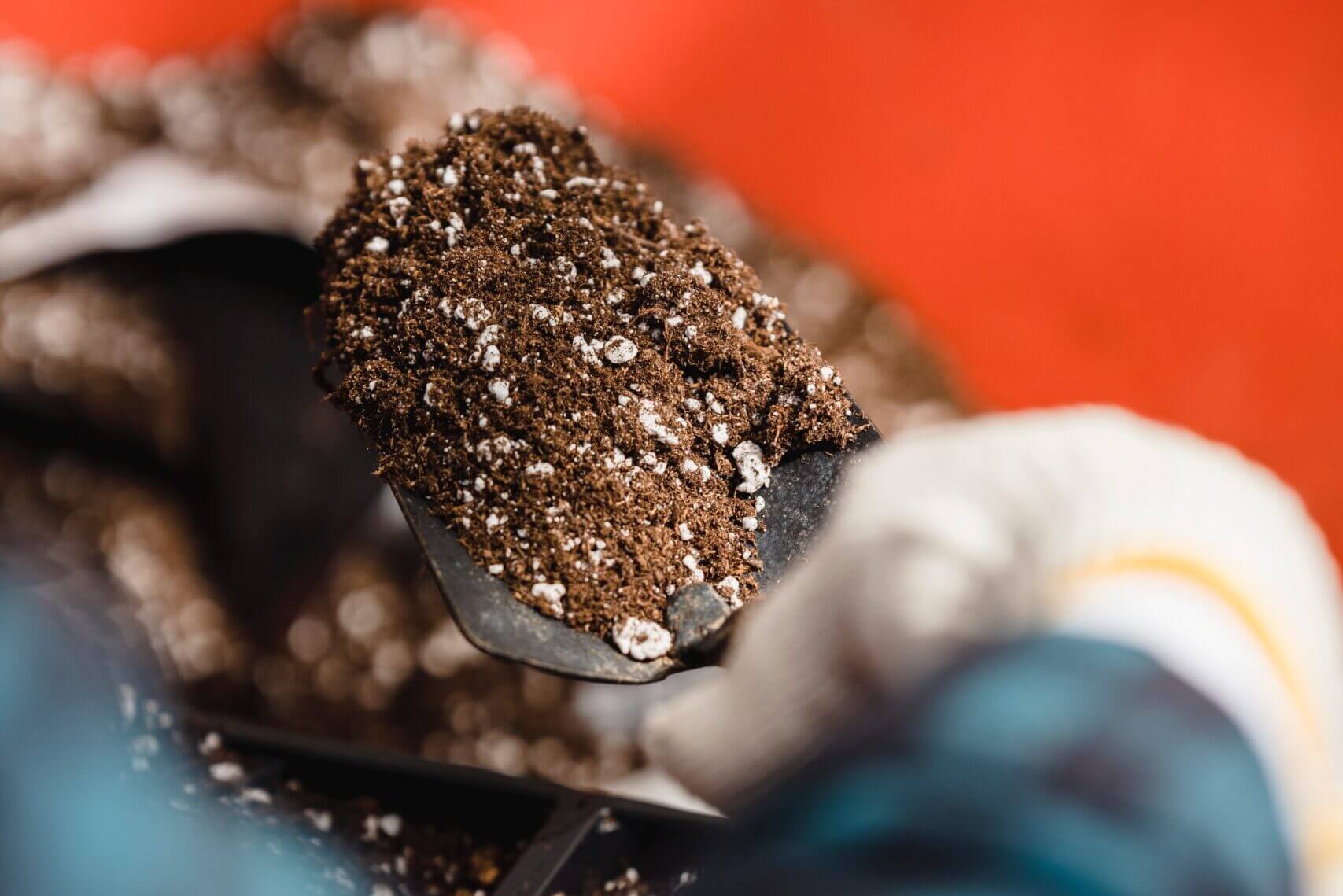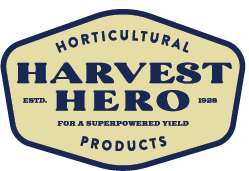How to Maintain Good Soil Conditions in Your Garden

Plants need a few key things to thrive in your garden: sunlight, water, and good soil conditions. While you have limited control over the weather, you do have the opportunity to control the soil conditions that are favorable for robust growth. We’ve outlined 4 factors that will impact soil conditions in your garden and 5 signs you’ll need to check on your soil throughout the growing season.
Considerations for Good Soil Conditions in Your Garden
Start with the right soil or soilless mix
When growing in your garden, you have two choices: soil or a soilless mix. A soil media includes naturally occurring soils and other additives. This is an inexpensive and easy way to grow organically, though we recommend starting with bags of soil rather than simply digging in the ground. As the name suggests, a soilless media doesn’t contain soil. Instead, it’s a combination of organic and inorganic materials like perlite, vermiculite, peat moss, coco coir, bark, coarse sand, and fertilizers. There is a lower threat of organisms when you use inorganic media like perlite, vermiculite, or diatomaceous earth.
Check the pH
Some sources recommend checking your soil pH every couple years, while others suggest testing yearly is the best practice. Because soil pH is so closely linked to plant health and success, we recommend testing your soil at the beginning of each growing season. For crops, the ideal pH range is between 6.0 and 7.0.
To conduct a soil pH test, you can us a pH testing kit, send a sample out to a lab, or conduct your test using supplies you have in your kitchen. If you choose the DIY method using items you already have, you should:
- Dig for a sample 4″ to 6″ below the soil surface. Remove any debris like rocks and leaves. Collect approximately three teaspoons in a clean glass container.
- Add water to turn the soil into a mud consistency.
- Add 1/2 a cup of vinegar and stir into your mud. If the soil fizzes or bubbles like your middle school volcano project, it means your soil is alkaline.
- If bubbling does not occur, take a new soil sample and turn it into mud again. Stir 1/2 cup of baking soda into your mud. If the soil reacts with foam or bubbles, your soil is acidic.
- If there isn’t any reaction to either test, your soil is likely the right pH level for growing.
pH test kits are more accurate than this DIY method, while professionally tested soil is the most accurate. Don’t know where to send a soil sample? Check out this state-by-state list of soil testing labs.
If your soil has a low pH (generally when it reaches 5.6), you can increase the pH by adding finely ground limestone to the soil. If the soil pH is too high, you can add agricultural sulfur.
Aerate and Loosen Soil
Plant health starts at the root zone, so you want to make sure the soil conditions are as ideal as possible for root growth. Before planting, be sure to aearate and loosen the soil so the root zone has adequate oxygen and can spread out and down easily without the interference of debris and clumps of dirt.
Add Organic Matter and/or Fertilizer
There are three primary nutrients plants need to thrive: nitrogen, phosphorus, and potassium. Nutrient profiles vary depending on soil type and whether or not you supplement your soil with organic matter. While you can send your soil out to be tested for nutrients like you can for pH, many people find it sufficient to enhance soil with a fertilizer mix like Harvest Hero Enhanced Perlite Mix and organic matter.
Signs You Need to Check Your Soil Conditions
After giving your plants the right start with good soil conditions, you’ll want to keep an eye on how things are going throughout the season. While you might have to deal with pests, disease, and undesirable weather, there are some signs to watch for that point to an issue with your soil conditions.
- There are brown spots on the leaves. There are multiple reasons your plant’s leaves might have brown spots. Most frequently, the culprits are too much or too little watering, too much sunlight, or a potassium deficiency. You can quickly rule out watering issues by evaluating if the soil is over-saturated (too wet) or crumbly (too dry). For too much sun concerns, you’ll want to consider how many hours a day your plants get direct sunlight and if the temperatures have been unusually warm. If signs don’t point to watering or sunlight problems, you should try to add a fertilizer with potassium to see if the brown spots improve.
- Your plants are wilting. You might be surprised to hear wilting doesn’t just point to too little water; it could also mean you’ve overwatered your plants. Check the water saturation a few inches into the soil by the root zone. If it feels very wet, your plants likely need time to dry out. If it’s dry and crumbling, your plants are likely thirsty, and you should give them a long, slow soak down to the root zone.
- Your plants aren’t producing fruit. If your plants have seemed to stall in their progress, your soil might be deficient in nitrogen, which is essential for this growth stage. Use a nitrogen-rich fertilizer to encourage more fruitful growth.
- Your plants look weak and lackluster. In addition to needing adequate sunlight, water, and nutrients, there’s another important factor in plant strength and health: plant-available silicon. This silicon improves the structural integrity of the cells, allowing your plant to better defend against abiotic plant stressors.
- Your plants aren’t growing as expected. Plant health starts at the root, so if your plant just doesn’t seem to be growing at the right pace, your roots might be suffering. This can happen if you didn’t start with the right soil mix, or if there is severe compaction, which prevents roots from spreading out. If you have tried everything else on this trouble-shooting list, you might want to consider digging up one of your plants to see what’s going on deep in the soil. If you didn’t till the soil before planting, you might just discover big clumps of soil or clay. Unfortunately, your solution might be to carefully dig up each of your plants and replant in a better soil environment.
Maintain Ideal Soil Conditions with Help From Harvest Hero
Harvest Hero Enhanced Perlite Mix is a nutrient-rich soilless amendment and growing medium that is a 3-in-1 blend comprised of perlite, diatomaceous earth, and essential nutrients. This patent-pending mix has been designed by Harvest Hero’s team of engineers and agronomists to improve soil structure for nutrition which promotes bigger plants and bigger yields. Harvest Hero Enhanced Perlite Mix will meet your plants’ needs throughout the first critical 6 weeks of growth by improving soil quality, providing plant nutrients, and amending soil properties to make it easier for the plant to absorb and translocate essential plant nutrients to the root system.
Consisting of domestically sourced perlite, diatomaceous earth, and essential nutrients, Harvest Hero’s 3-in-1 Enhanced Perlite Mix is unlike anything on the market. Try it today and see the difference a Hero makes in your home garden!



